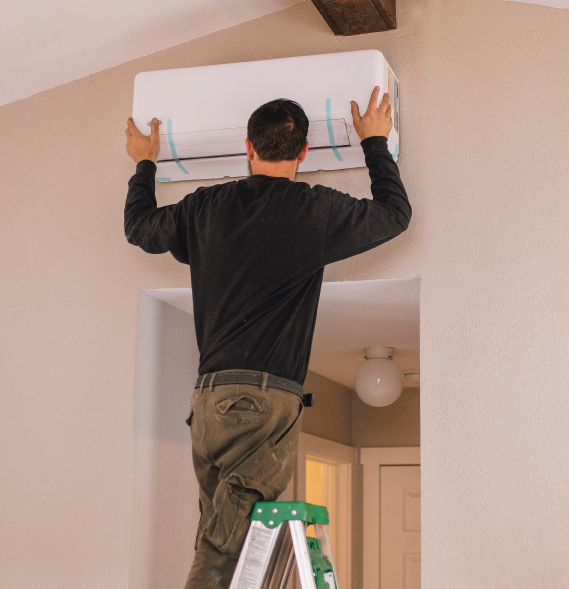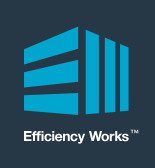Building electrification
Building electrification is to replace all non-electric appliances with efficient electric alternatives. Switching to efficient electric sources does not have to happen all at once. It is a journey that our advisors can assist you with.
Efficiency Works offers energy advising and assessments. Energy advisors can identify efficiency opportunities and potential rebates and answer any questions you may have. Your advisor can also help review quotes from approved service providers when choosing to move forward with a project.

Building electrification approaches
There are a variety of ways to electrify a building, a few of which are highlighted below. When evaluating electrification, there are a number of things to consider, most commonly the size of electric panel currently installed.
| Common approaches to building electrification: | Things to consider prior to electrification: |
|---|---|
| Electrify heating and cooling with heat pumps | Building envelope improvements such as air sealing and insulation or new windows can reduce run times for HVAC equipment, saving money. Consider an energy assessment or advising session with Efficiency Works |
| Electrify your water heater with a heat pump water heater | Consider the space requirements for a heat pump water heater. Be aware there may be longer lead times for heat pump water heaters. |
| Electrify appliances such as stoves to efficient induction stoves | Induction stoves require compatible pots and pans. If a magnet sticks to the bottom of your current pots and pans, they are induction compatible. |
| Electrify gas dryers with heat pump dryers | An electric panel upgrade may be required to electrify certain items |
| Electrify your transportation with an EV | Learn more about EVs |
Residential building electrification info:
Commercial building electrification info:
Learn more about building electrification adoption and resources in your community
Estes Park Fort Collins Longmont Loveland

